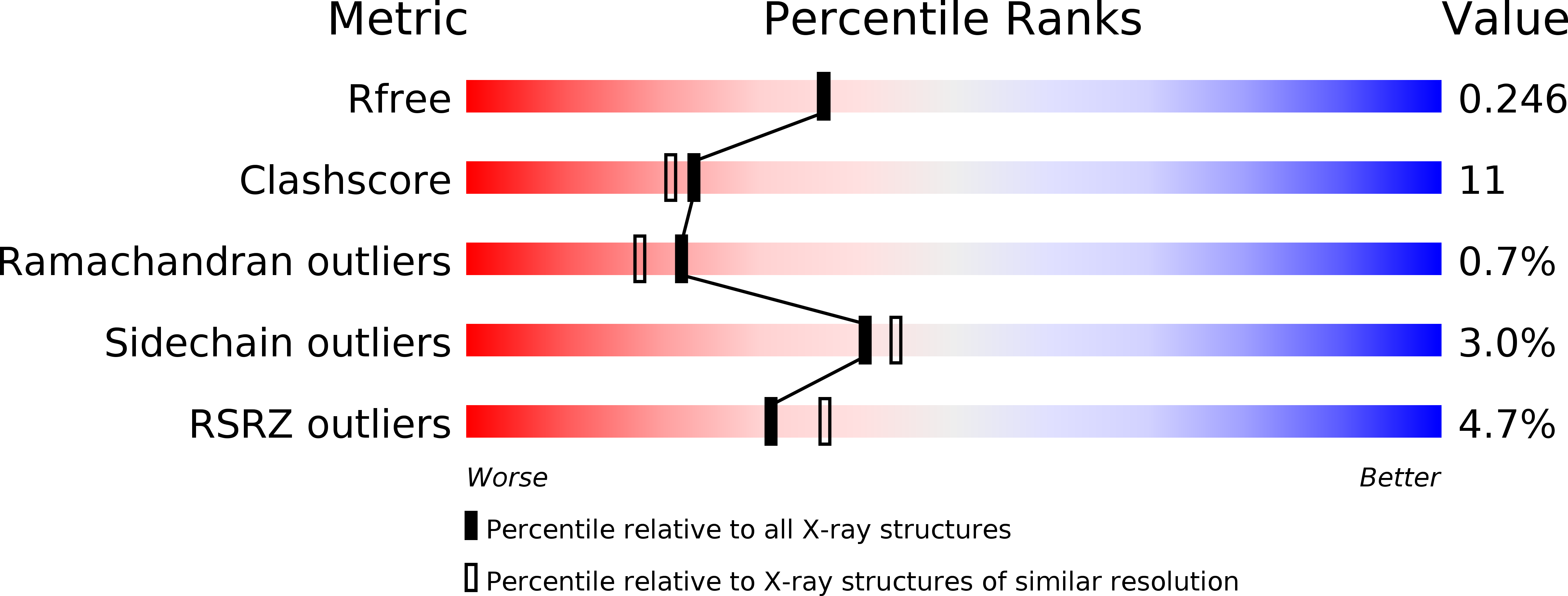
Deposition Date
2012-10-12
Release Date
2012-12-12
Last Version Date
2023-09-20
Entry Detail
PDB ID:
4HJA
Keywords:
Title:
Crystal Structure of Schizosaccharomyces pombe Pot1pC bound to ssDNA (ACGGTTACGGT)
Biological Source:
Source Organism:
Schizosaccharomyces pombe (Taxon ID: 284812)
Host Organism:
Method Details:
Experimental Method:
Resolution:
2.10 Å
R-Value Free:
0.24
R-Value Work:
0.19
R-Value Observed:
0.19
Space Group:
P 21 21 21


